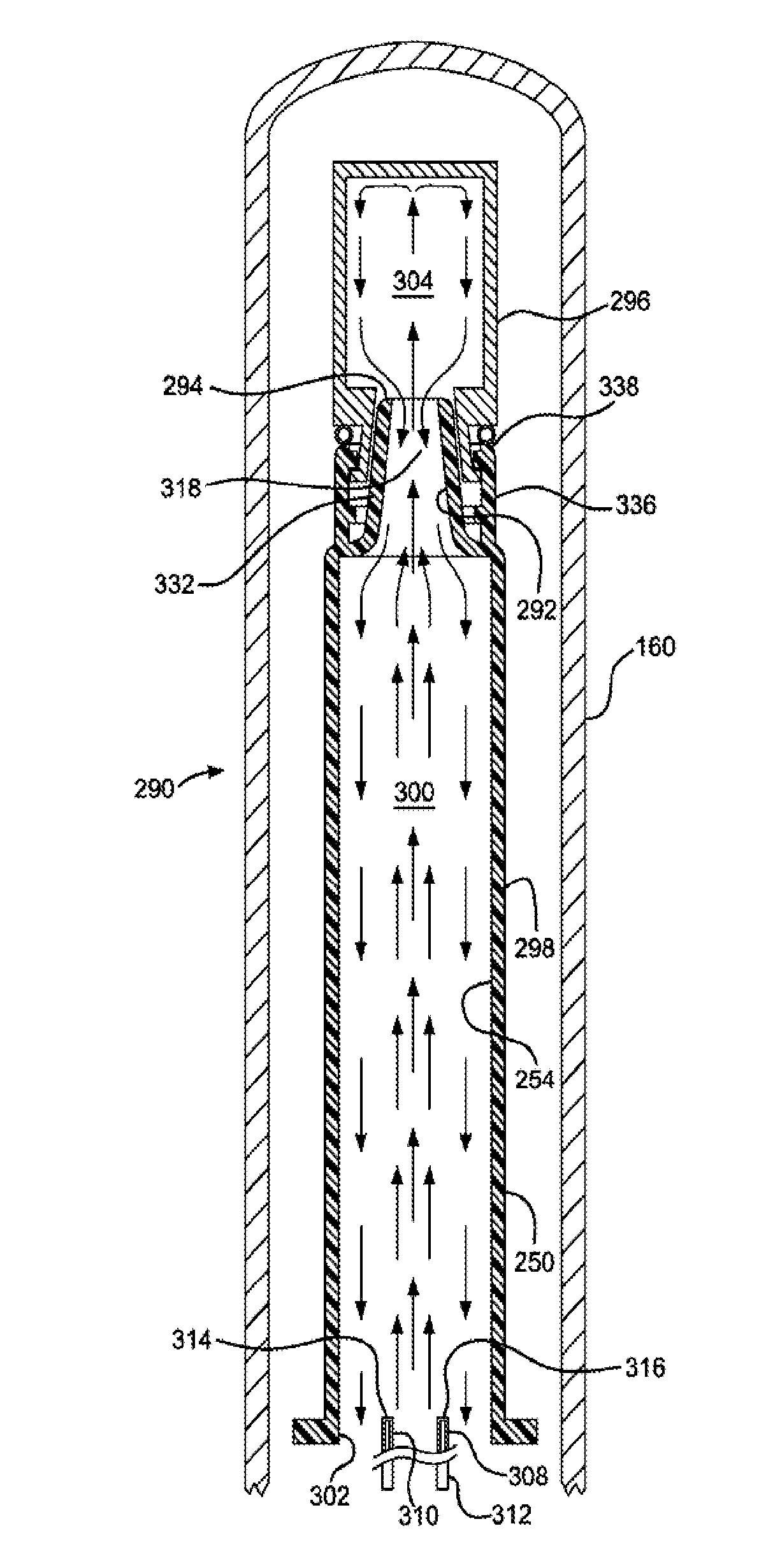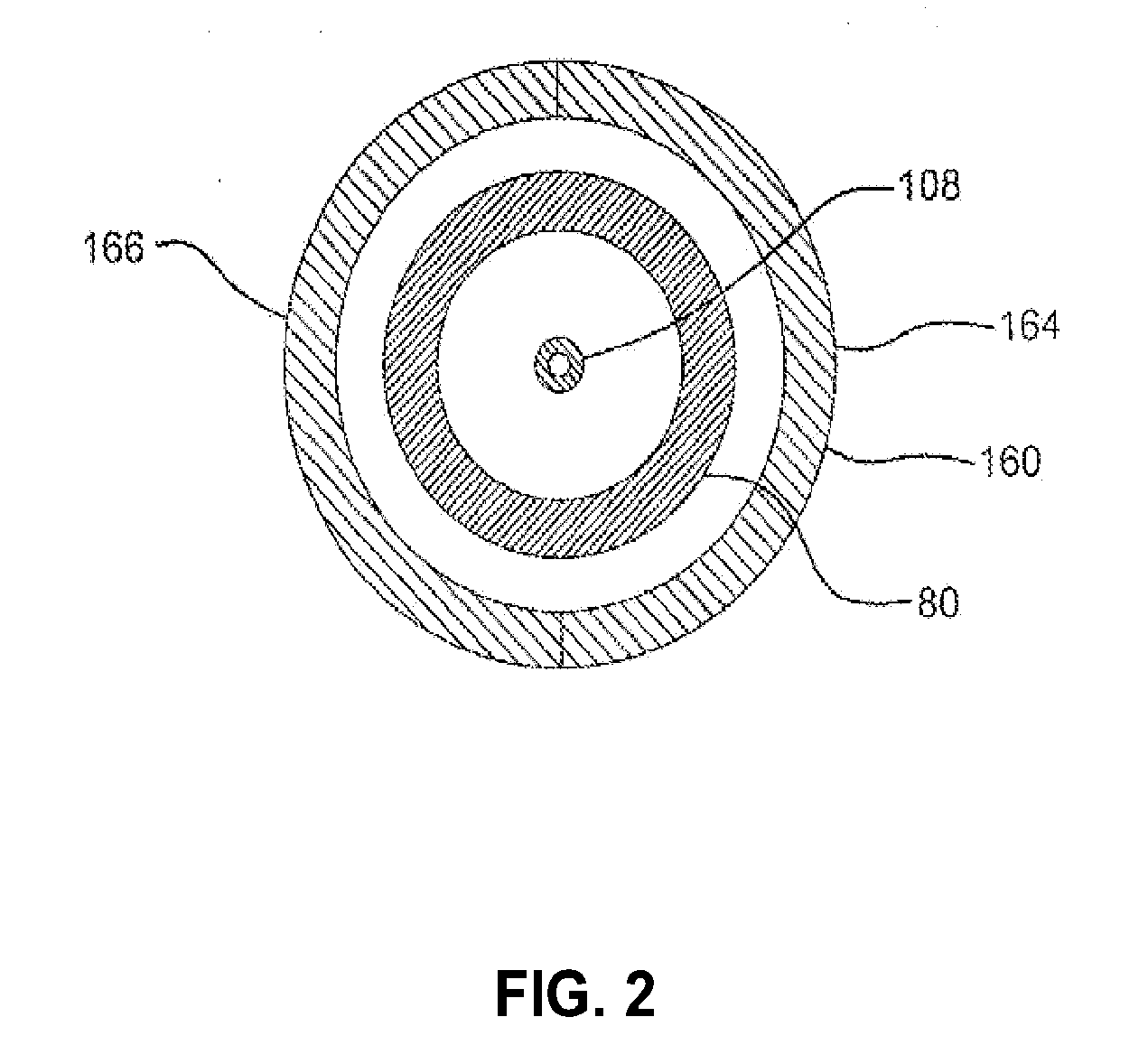Saccharide protective coating for pharmaceutical package
a technology of protective coating and pharmaceutical packaging, which is applied in the direction of packaging foodstuffs, packaged goods types, pharmaceutical containers, etc., can solve the problems of syringe failure, non-uniform surface chemistry at the molecular level, and damage to stored materials, so as to reduce the “sticking” force and prevent the initial movement of the plunger
- Summary
- Abstract
- Description
- Claims
- Application Information
AI Technical Summary
Benefits of technology
Problems solved by technology
Method used
Image
Examples
example
Polysaccharide-Grafted SiOx-Coated Plastic Syringe Barrel
3-Aminopropyltriethoxysilane (APTES) grafting. (Method 1-Step 1)
[1761]To a freshly SiOx-plasma coated COP syringe 1 mL staked needle syringe barrel, under vacuum, APTES (Sigma-Aldrich) vapor is pumped through the syringe barrel and allowed to react with and be deposited on the SiOx surface for 2 h, ideally resulting in a monolayer. During the reaction, a low pressure is maintained to minimize the condensation of microscopic droplets of APTES on the surfaces. Following the deposition, covalent APTES grafting was done by annealing the surface in a vacuum oven for 30 min at 80° C.
Haluronic Acid (HA) Grafting (Method 1-Step 2)
[1762]A 3 mg / mL HA (average MW=1.6 MDa, Sigma-Aldrich) solution is put into the APTES-grafted SiOx surface barrel interior for 3 h. The right amounts of N-(3-dimethylaminopropyl)-N′-ethylcarbodiimide hydrochloride (EDC) and N-hydroxysulfosuccinimide (NHS) (Sigma-Aldrich) were added into the HA solution to bri...
PUM
| Property | Measurement | Unit |
|---|---|---|
| Temperature | aaaaa | aaaaa |
| Temperature | aaaaa | aaaaa |
| Temperature | aaaaa | aaaaa |
Abstract
Description
Claims
Application Information
 Login to View More
Login to View More - R&D
- Intellectual Property
- Life Sciences
- Materials
- Tech Scout
- Unparalleled Data Quality
- Higher Quality Content
- 60% Fewer Hallucinations
Browse by: Latest US Patents, China's latest patents, Technical Efficacy Thesaurus, Application Domain, Technology Topic, Popular Technical Reports.
© 2025 PatSnap. All rights reserved.Legal|Privacy policy|Modern Slavery Act Transparency Statement|Sitemap|About US| Contact US: help@patsnap.com



